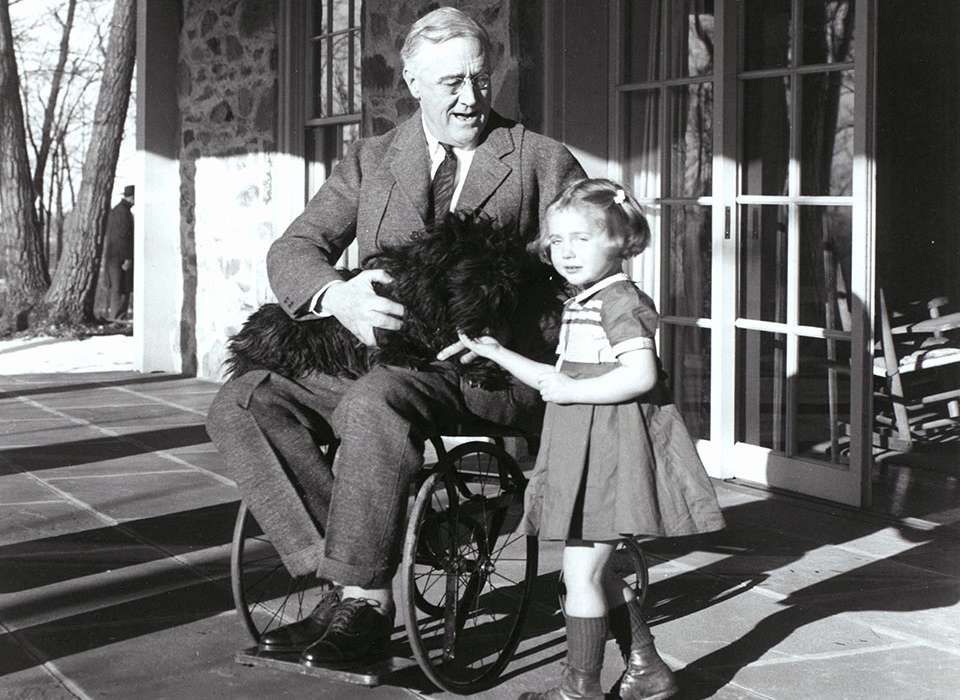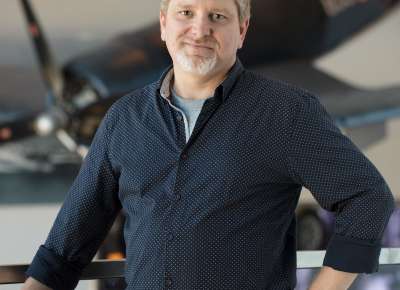In the summer of 1921, the former assistant Secretary of the Navy, 39-year-old Franklin Delano Roosevelt, fell from his sailboat into the cold Atlantic waters off the coast of New Brunswick. Summering first in upstate New York, and then at a family cottage in Canada, Roosevelt was pondering his future after running for Vice President on the losing Democratic ticket in the 1920 election.
Over the next few days, Roosevelt had lower back pain that grew into leg weakness and hypersensitive skin. After three days he couldn’t stand, and his worried wife Eleanor began contacting doctors. Several doctors were consulted and several diagnoses were made, but none was satisfactory. In late summer a firm but surprising diagnosis was made—Polio, better known as infantile paralysis.
It was surprising, because as the name suggests, Polio generally presents in young people. Descriptions of diseases with symptoms like Polio go all the way back to Ancient Egypt, and the disease has caused epidemics throughout history. Until the 1900s it usually struck children between six months and four years of age. We now know that Polio is caused by a virus in the genus Enterovirus, and passes through contaminated water. People older than that probably were immune to the virus by that age. As industrialized sewage systems developed, the age of onset increased. By the mid-twentieth century, the peak incidence was five to 14 years of age. Localized epidemics broke out in developed countries in the early 1900s, and the world saw a pandemic in the 1950s.
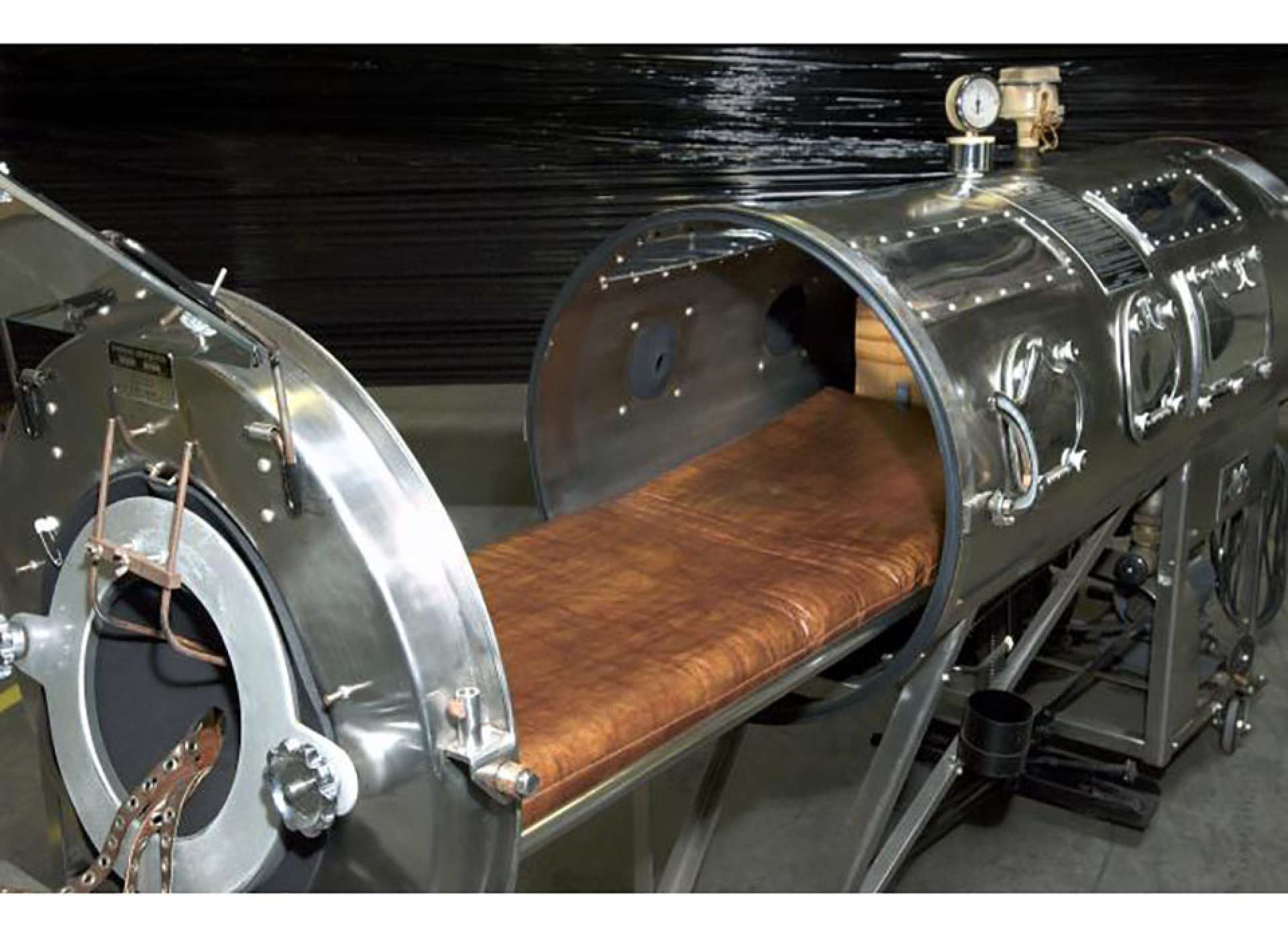
This iron lung was donated to the CDC by the family of Barton Hebert, who used this device from 1953 until his death in 2003. Courtesy of the CDC Public Health Image Library, no. 6536.
In the United States in 1952, there were about 58,000 cases, over 3,000 of which were fatal. Extreme cases can cause paralysis so bad that patients cannot breathe. The current field of intensive care medicine, where patients receive life support to remain alive, was developed to fight this situation.
Roosevelt experienced mostly loss of strength and control in his lower limbs. Over the next few years he worked hard at rehabilitation, learning mainly how to deal with his disability, but he never regained function. He found some relief at a resort in Georgia, called Warm Springs, where he could float in the hot mineral-rich pools. In 1926, when the resort began to struggle financially, Roosevelt purchased it and transformed it into a treatment center for Polio victims. Like the rest of the country, it was segregated and open to Whites only. Separate facilities for Black Polio patients were founded in Tuskegee and other places in the South. In 1934, Roosevelt began holding fundraisers on his birthday for Warm Springs and nationwide research into the treatment of Polio, and these later became what is known today as The March of Dimes Foundation today.
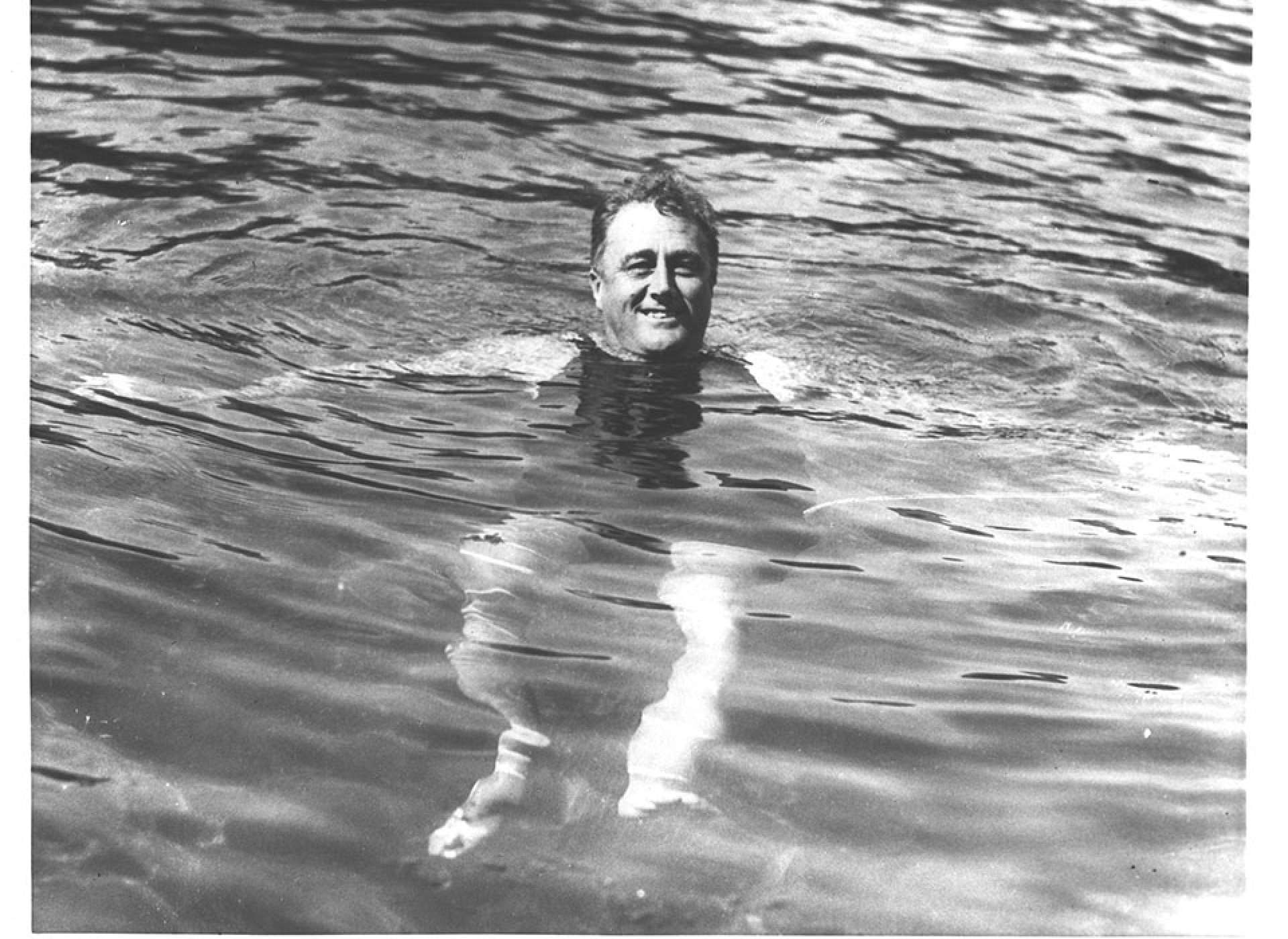
FDR floating in the mineral-rich waters of the Warm Springs resort in 1925. Courtesy of the FDR Presidential Library and Museum.
FDR returned to political life in 1924—not so long after he first became paralyzed. He ran for Governor of New York in 1928, and won. In that time physical handicaps were usually considered embarrassing. Although FDR did all he could to prevent the extent of his disability from making it into photographs or film, those who saw him in person could not but help notice his difference.
This is not the place to recount the rest of his political history, and his leadership during the Great Depression and World War II. But there are lesser known parts of his legacy I would like to discuss—namely his impact on medicine and the near-eradication of Polio.
In 1931, scientists developed filters that they could use to separate viruses from bacteria. They could not see viruses, since they were too small, and were not even sure if they were organisms or molecules. However, once they could separate them from bacteria they could do the research to find that answer. There was incredible progress made in the 1930s on bacterial research, stimulated by the Polio epidemics and the 1918 Flu Pandemic. In 1935, two separate researchers reported on their findings from vaccines based upon viruses grown in monkeys. The first study had no control group, and used a weakened virus, but several of the children who received the vaccine became paralyzed in the arm where the treatment was given, and a few died. The second study did have a control group, and while the results seemed positive they were not statistically significant. Both projects were reported in a session, back to back, at the same large conference. The backlash against the first study, which one observer referred to as “murder,” led to both studies being cancelled by their funders. This set back vaccine development for quite a while, as it made other researchers quite cautious.
However, the development of electron microscopy and other research tools allowed progress in understanding the Polio virus to continue. The virus was discovered to have three different types, and in the 1940s researchers at Boston Children’s Hospital found success in growing polio in human cell cultures. Polio could not be cultured in live chicken eggs like the flu virus, and until then had been grown in live animals, making production and extraction of it difficult. This research team had a successful protocol for raising polio viruses in culture by the early 1950s, and won the Nobel Prize in 1954 for this accomplishment.
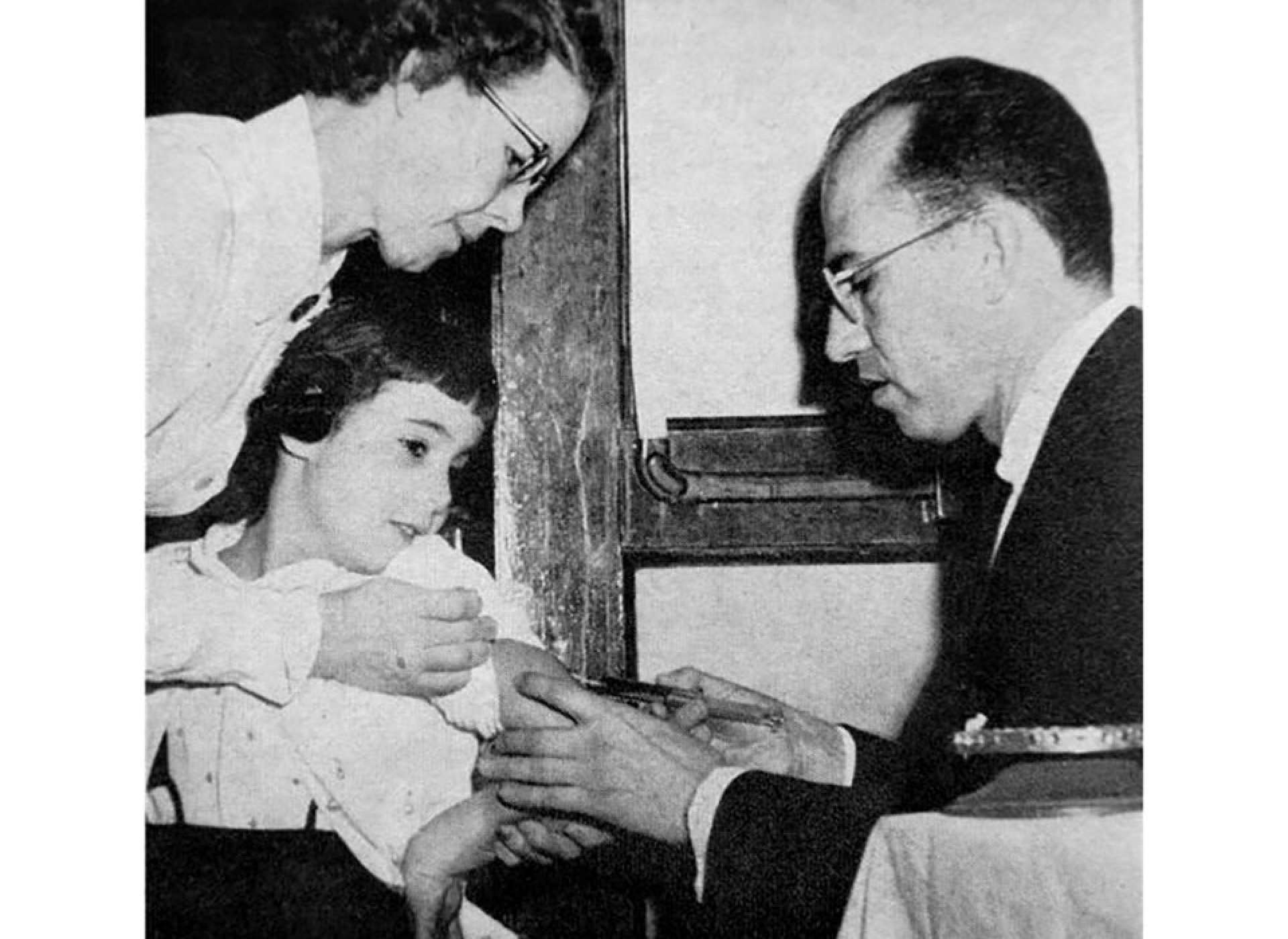
Jonas Salk, medical doctor, researcher, and leader of the first team to develop a Polio vaccine, giving the vaccine to a child in 1956. Photo by Yousouf Karsh for Wisdom Magazine.
Research on Polio vaccines proceeded, with most researchers using live viruses. In 1948, Jonas Salk, who had worked on the successful flu vaccine, received a grant from the National Infantile Paralysis Foundation started by FDR, to set up a virology lab and focus on Polio. Two years later, Salk’s team tested a vaccine in cell cultures with positive results. His vaccine used a disabled virus, unlike most of the contemporary teams. Tests on lab animals proceeded, and were also successful. In 1952, a pilot trial of questionable ethics was made on children with physical and mental disabilities. When no major issues followed, the Salk vaccine was tested on one million children in 1954, and in 1955, it was approved for use worldwide. The National Infantile Paralysis Foundation went into debt to bring the vaccine to the public, but extensive fundraising campaigns soon balanced its budget. Salk, thrust uncomfortably into the spotlight, was asked by Edward R. Murrow in an interview about whether he would patent the vaccine. “Would you patent the sun?” was Salk’s reply.
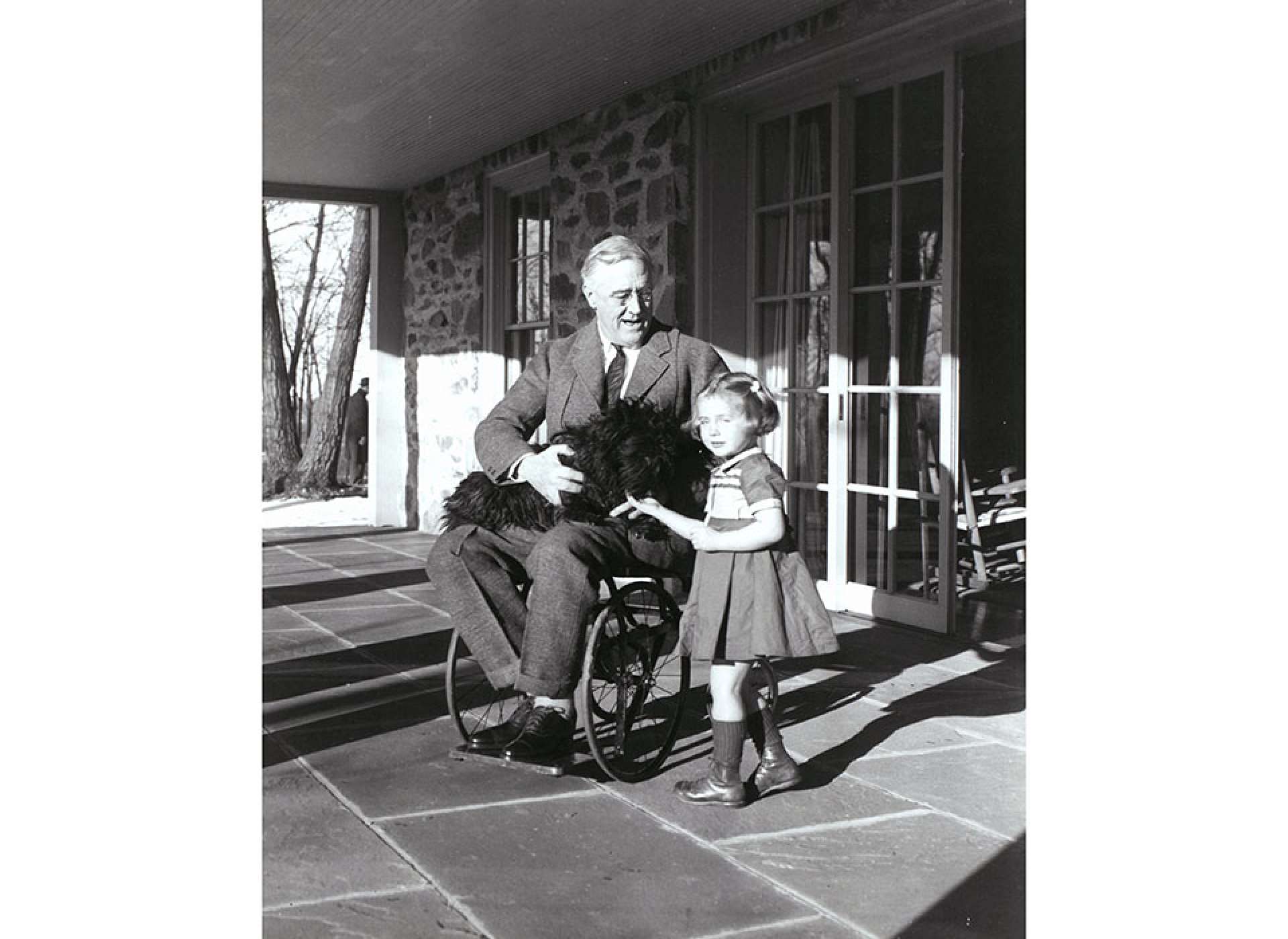
A rare photo of FDR in his wheelchair, taken by Margaret Suckley, as he holds his dog Fala and talks to the daughter of Top Cottage’s caretakers in Hyde Park 1941. Courtesy of the FDR Presidential Library and Museum.
The Salk team’s vaccine and a later oral vaccine released in 1962, led to the removal of Polio in the United States. In 1961, there were less than 200 cases. The last case of Polio in the United States was in 1979.
The legacy of FDR, Salk, and others to fight Polio continues today. Intensive care medicine, rehabilitation therapy, and the movement for rights for people with disabilities all can be found in this story. Today, philanthropy and public health are still fighting Polio. In 2018, there were just over 100 cases, with most in Afghanistan and Pakistan.
Rob Wallace
Rob runs teacher workshops and develops curriculum, including Real World Science, funded by The Northrop Grumman Foundation.
Cite this article:
MLA Citation:
APA Citation:
Chicago Style Citation:
